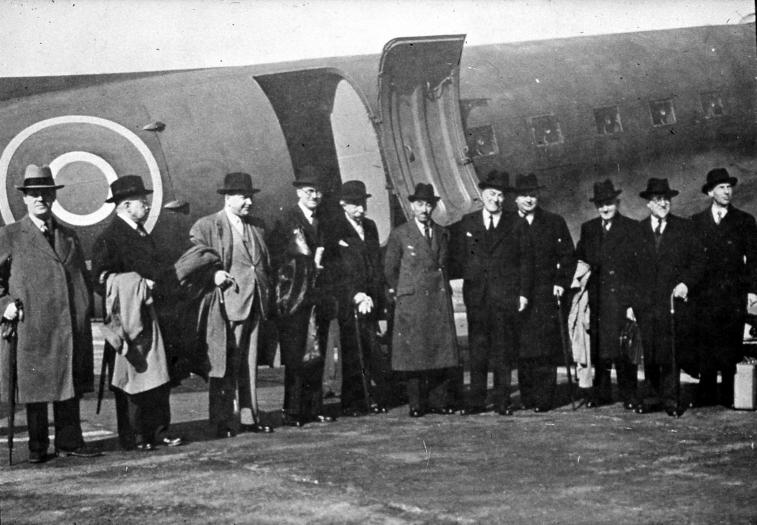September 1944: Belgium is liberated. What next ?
Exceptional conference jointly organized by The Friends of the Army Museum (KVVL-SRAMA) and the Chair of History of the Royal Military Academy (RMA), with the support of the War Heritage Institute (WHI)

After the liberation of Belgium in early September 1944, the country had to rebuild and faced new challenges. Five speakers will tell us about lesser known topics from this period of our history. These talks will be given in French (FR) and Dutch (NL).
PROGRAM
- 12.30 p.m. Welcome and registration
- 1:30 p.m. Introduction
- 1:45 p.m. Democracy restored (1944-1946): between conservative restoration and social renewal (NL), Nico WOUTERS, head of the CegeSoma / Belgian State Archives
- 2:30 p.m. The German prisoners of war in Belgium (FR), Pierre MULLER, WHI Heritage Coordinating Unit
- 3:15 p.m. The execution of collaborators in Belgium after World War II (NL), Stanislas HORVAT, Professor & Head of the Chair of Law at the Royal Military Academy and affiliated researcher at the Vrije Universiteit Brussel
- 4:00 p.m. Rebuilding the army, occupying Germany (FR), Jean-Michel STERKENDRIES, Professor Emeritus of the Royal Military Academy
- 4:45 p.m. From the origins of the 1944 Social Pact to today's social security (FR), Vanessa AMBOLDI, Director of the Centre d'Education Populaire André Genot (CEPAG)
-
5:30 p.m. Closing
PRESENTATIONS IN BRIEF
De democratie hersteld (1944-1946): tussen conservatieve restauratie en sociale vernieuwing
The Belgian democratic state was restored with astonishing speed in 1944-1946. This was not obvious after the severe systemic crisis of the 1930s and the fragmentation of state authority during the four years of occupation. This talk examines factors that contributed to this success. These include the importance of local authorities as state-bearers, the presence of the Allies, the restoration of a patriotic constitutional culture, the return of the particracy and state elites, and the social reforms associated with neo-corporatism.
Les prisonniers de guerre allemands en Belgique
How and why the Belgian government put German war prisoners to work in 1945-1948 to boost the Belgian economy and win the Battle for Coal.
De terechtstelling van collaborateurs in België na de Tweede Wereldoorlog
After the Second World War, 242 collaborators and war criminals condemned to death in Belgium were shot. These executions represent the culmination of post-war repression in the collective memory. Even today, many preconceived ideas and myths persist about these executions and the role of military justice.
Reconstruire une armée, occuper l’Allemagne
How did Belgium regain its place on the international stage, particularly in the settlement of German issues? Taking part in the occupation of the former Reich was imperative for a number of reasons, including the need to rebuild an army, which could only be done with British support.
Des origines du Pacte social de 1944 à la sécurité sociale d'aujourd'hui
Social Security as we know it today came into being with the Social Pact signed by unions and employers at the end of WWII. How did this Social Pact come about in the immediate post-war period, and what impact did it have on workers?
